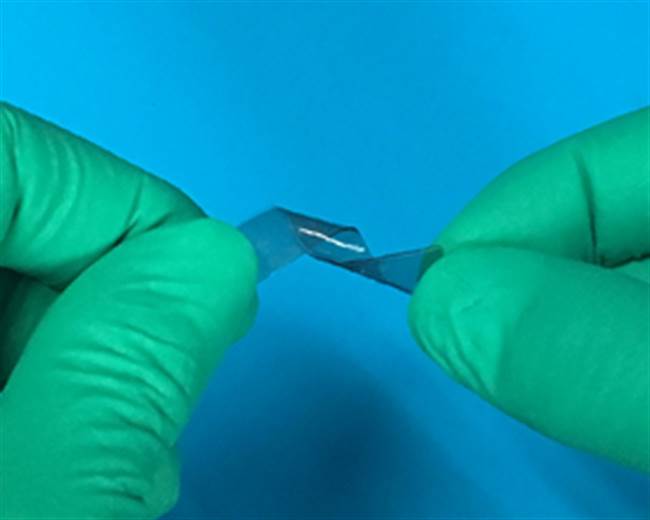Could graphene-fed silkworms produce fabric that conducts electricity?
23/08/2017

While they have yet to make this work, they are confident it can yield results given more time.
The team from Tsinghua University had more success with heating silk in an inert gas environment from 1,112 degrees to 5,432 degrees Fahrenheit.
The silk became infused with N-doped carbon with some graphitized particles, which is electrically conductive.
“There is a whole world of possibilities for silk sensors. Silk is the ideal material for fabricating sensors that are worn on the body,” said researcher Yingying Zhang.
“One possibility we foresee is for them to be used as an integrated wireless system that would allow doctors to more easily monitor patients remotely so that they can respond to their medical needs more rapidly than ever before.”
Ms Zhang also suggested the silk sensors might be used to build robots that can sense touch, temperature or humidity and can distinguish between voices.
The researchers are presenting their work at the 254th National Meeting & Exposition of the American Chemical Society in Washington (August 20 to 24).
Image: Silk could soon be used to produce more sensitive and flexible body sensors
Credit: Yingying Zhang








